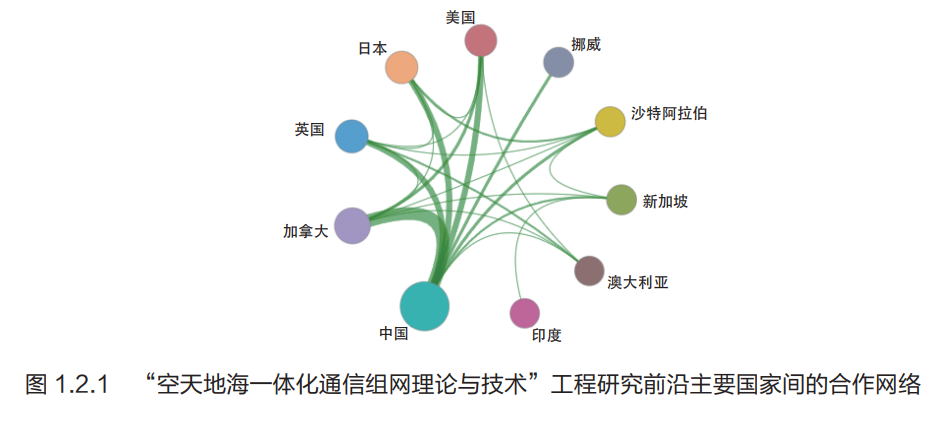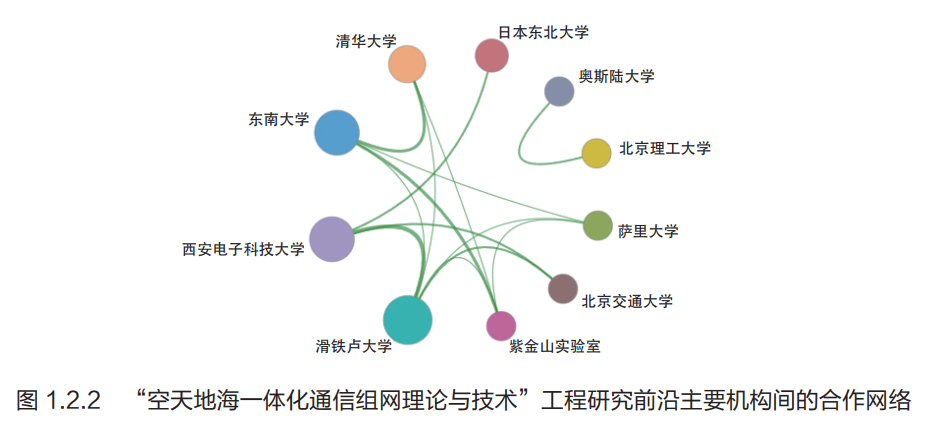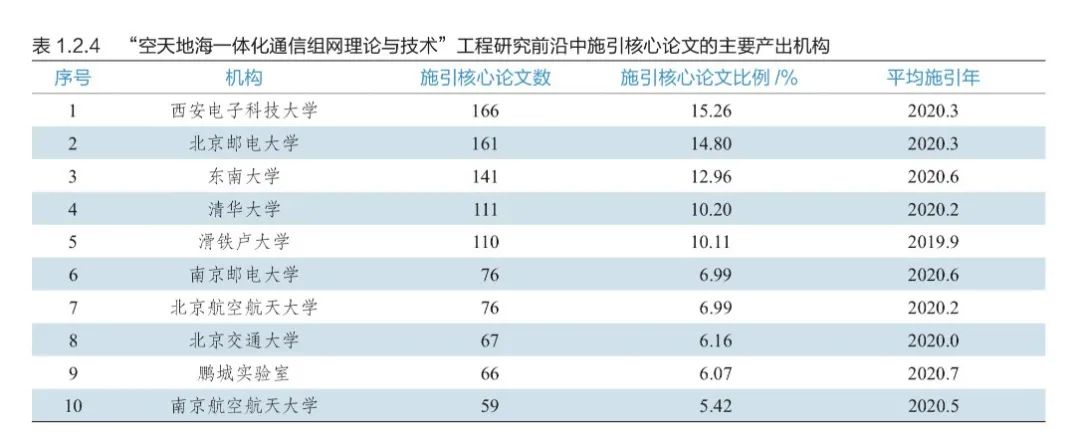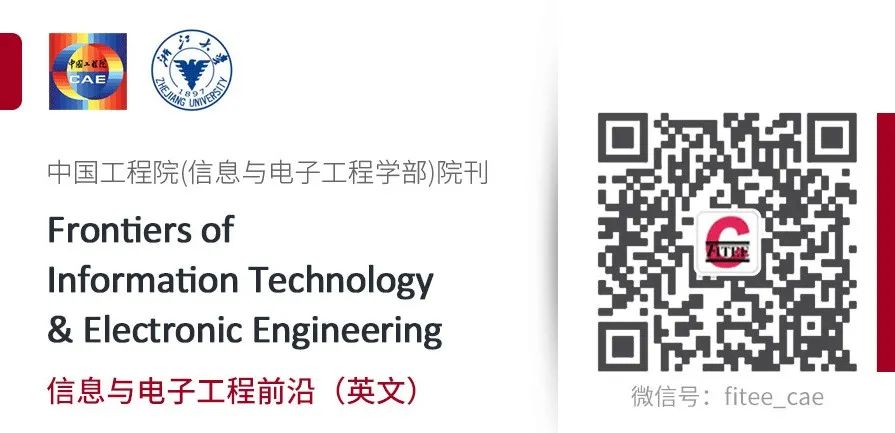

The top ten institutions producing core papers (Table 1.2.2) are led by the University of Waterloo.





(Content extracted from “Global Engineering Frontiers 2022”)

About This Journal
Frontiers of Information Technology & Electronic Engineering (abbreviated as FITEE, Chinese name《信息与电子工程前沿(英文)》, ISSN 2095-9184, CN 33-1389/TP) is a comprehensive English academic monthly journal in the field of information electronics, indexed by SCI-E and EI, with the latest impact factor of 2.545, located in the JCR Q2 zone. Founded in 2010 as the English version of the Journal of Zhejiang University C: Computer and Electronic, it was renamed in 2015 and is now a sub-journal of the Chinese Academy of Engineering’s journal in the field of information and electronic engineering. It covers fields such as computer science, information and communication, control, electronics, and optics. Article types include research papers, reviews, personal viewpoints, and commentaries. The current editors-in-chief are Academicians Pan Yunhe and Fei Aiguo of the Chinese Academy of Engineering. The journal implements an international peer review system, with initial feedback generally provided within 2-3 months. Once accepted, articles are published online quickly.
In 2019, it was funded by the Chinese Association for Science and Technology and seven ministries in the “Excellent Action Plan for Chinese Science and Technology Journals” (Tiered Journals). From 2021 to 2022, it was selected as a high-quality scientific journal in the information and communication field (evaluated by the China Communications Society) and the computing field (evaluated by the China Computer Federation), both classified as the highest T1 level; it was also included in the directory of recommended international academic conferences and journals by the China Computer Federation-2022 (cross/interdisciplinary/emerging, Class C).
Official Website: http://www.fitee.zjujournals.com
Journal Springer Homepage: http://www.springer.com/computer/journal/11714
Online Submission: http://www.editorialmanager.com/zusc
For more information, see:
2021 Latest Impact Factor Released: FITEE Breaks 2.0 for the First Time
FITEE Impact Factor Increased by 55%, First Time in Q2 Zone
|
Computer Science and Technology Group |
Optical Engineering and Technology Group |
|
Control Science and Technology Group |
Information and Communication Group |
|
Electronics Discussion Group |
Artificial Intelligence Group |
